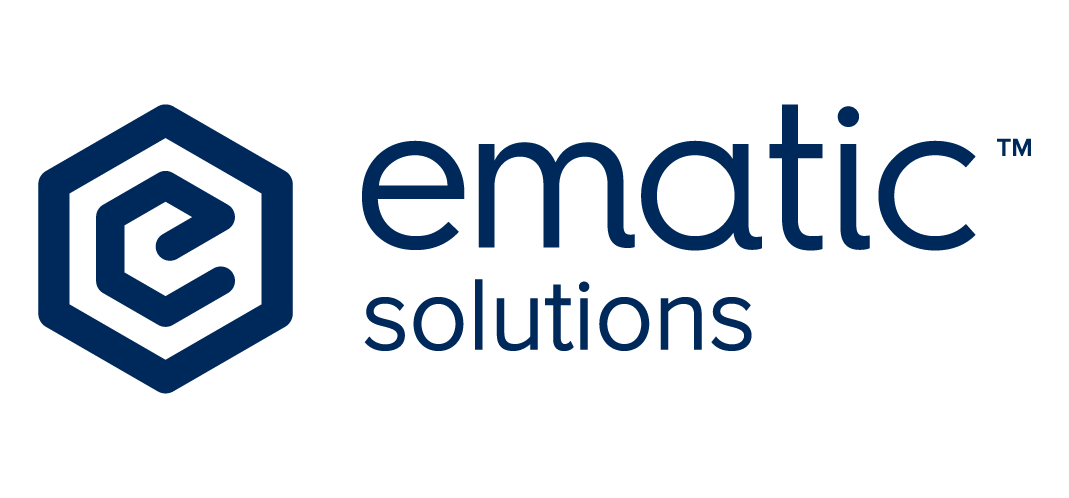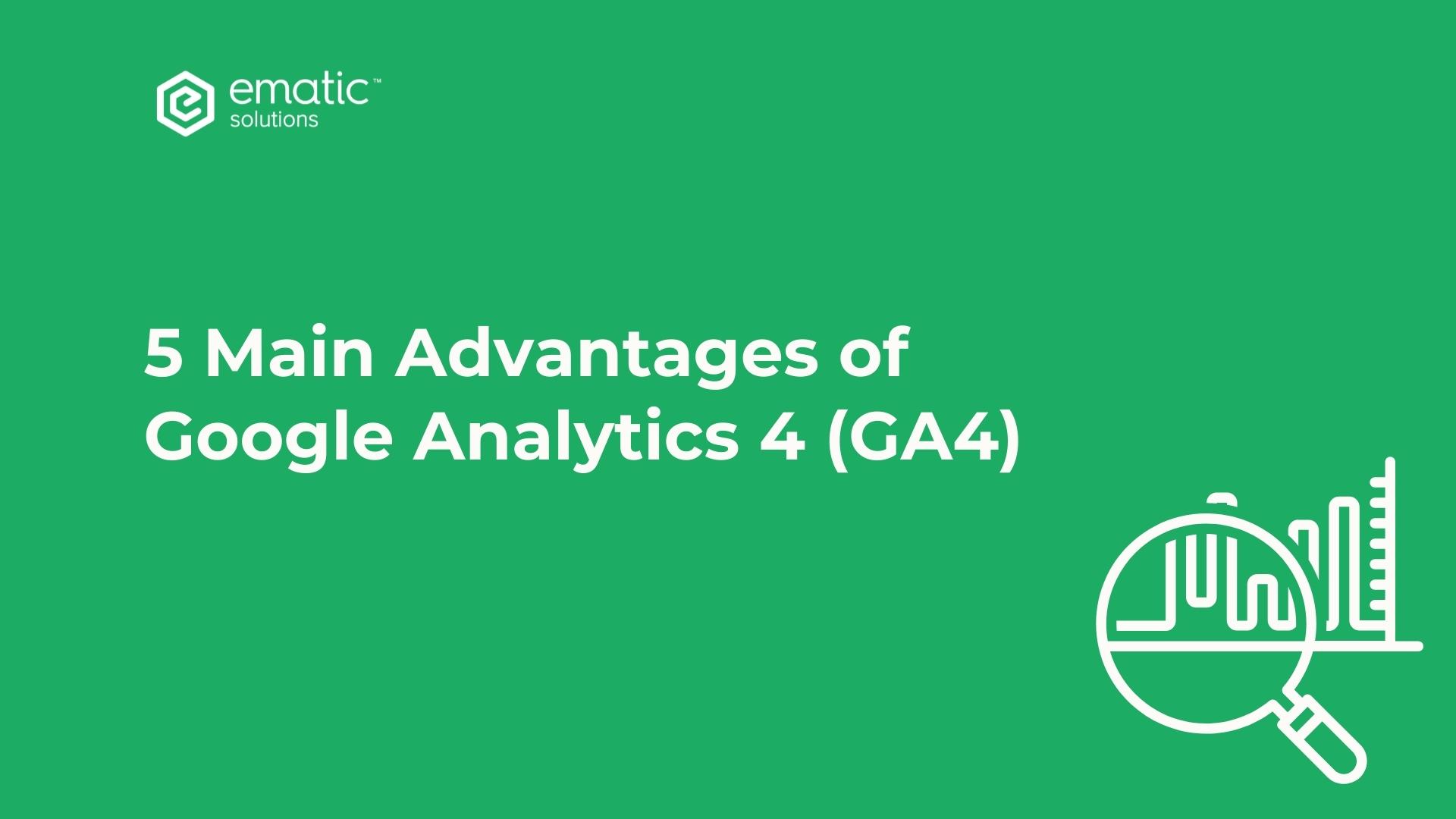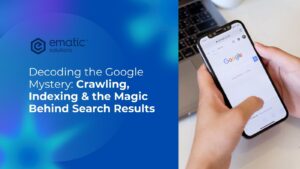Google Analytics was first released in October 2020 in a beta state, and then followed by a series of updates in 2021. This marked the biggest change to analytics in almost 10 years. After Google announced that they will sunset their Universal Analytics next year, most businesses will need to adopt the new and improved version of Google Analytics 4.
But you need to keep in mind that GA4 is a totally different platform compared to UA because of its measurement model. UA uses a measurement model based on sessions and pageviews, grouping user interactions within a given timeframe. While GA4 uses a measurement model based on events and parameters with each interaction being processed as a standalone event (even ‘pageviews’ is considered an event in GA4). This means every tracked activity taken by a user in GA4 is considered an event, and these events can provide much more detailed information
Here are some key features and advantages that you may want to consider why you need to migrate to GA4 now.
Cross-Device Behavior Tracking
Tracking for websites, mobile, and app data was always measured separately, but with GA4 everything is combined so you will be able to see the total engagement across all platforms and devices. With the change at its core, The focus of google analytics is no longer on measurements that are easily fragmented by device or platform such as sessions, but rather on users and their interactions which will be captured as events.
The new GA4 consolidates web and mobile app traffic usage data into one property in one interface. In the previous version, if we need to view traffic in an app, we need to leverage Google Analytics for Firebase to access the data. Now, all engagement data across your website and app are centralized in one single hub.
This also means you can manage your audiences and track user behavior across your app and web platforms, create segments based on this and do advanced cross-platform attribution analysis.
Google says that the main goal of GA4 is to give marketers a “more complete understanding of the customer journey across devices” therefore the focus is on the end-to-end journey (from first visit to final conversion) rather than individual metrics on devices, pages, segments, etc. Overall this really helps marketers with an overview of what’s currently going on and provides a better understanding of how users interact and behave on the site.
Get Ready for Cookie-less World
GA4 aims to adapt to a future with or without cookies or identifiers by using a flexible approach of measurement which will include modeling to fill in the gaps where the data may be incomplete.
Simplified Event Tracking
In GA4 you have a default tracking feature built in under “enhanced measurement” which allows you to track certain types of events without any additional coding or tagging.
You can also set up event tracking much easier compared to UA. You can easily modify any event or create a new event based on the occurrence of other events and parameters.
Accurate Engagement Tracking
GA4 reporting view provides a new set of engagement metrics that can much more accurately track users’ engagement with your website/app. Data will focus more on engagement ie. scroll, search, downloads, video views, etc and move away from negative data such as bounce rates, and the number of users that leave a page without an interaction.
You can imagine this scenario:
Users these days use multiple tabs while browsing websites. They may open your website in one tab and then navigate to another tab to do some other work. Then they may come back hours later on your website to finish what they started. Unlike UA, sessions in GA4 can start with or without a pageview/screenview.
In this scenario UA will likely count only one session with a pageview and 100% bounce rate. But GA4 would count two sessions. One session with pageviews and one session with user engagement.
Google Ads Integration
You can link your Google Ads account to your Analytics property to see the full customer cycle, from how users interact with your marketing (e.g., clicking ads) to how they finally complete the goals you’ve set for them on your site or app (e.g., making purchases, consuming content). Improved integration with Google ads will also help you to easily identify and target high value audiences so that you can immediately connect to google ads for remarketing.
Final Words
It is really important to understand that Google Analytics 4 is not a new version of Universal Analytics. They’re both a completely different operating platform, where they operate on a different data model. Historical data from Universal Analytics also won’t be carried over but it is very possible to migrate now and run the two in parallel so that you can start collecting data and familiarize yourself with the new platform.
Accelerate your migration to GA4
Prepare for the (rapidly approaching) future. Get a free assessment to find out how to quickly migrate from UA to GA4 and how the migration from UA to GA4 will impact your marketing teams. We’ve recently also launched services that can unlock your business’s maximum digital potential, you can check our other services here or contact us directly.





